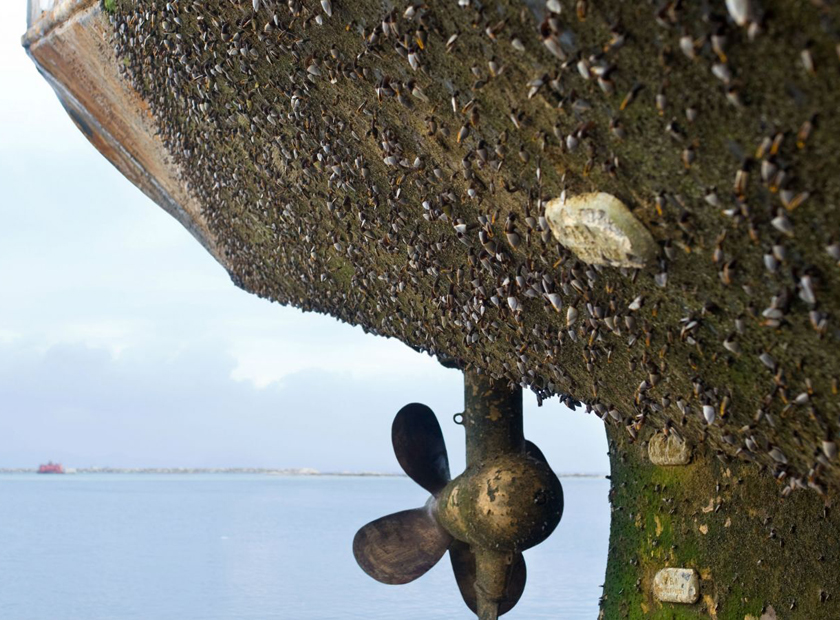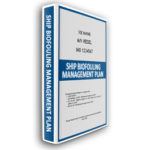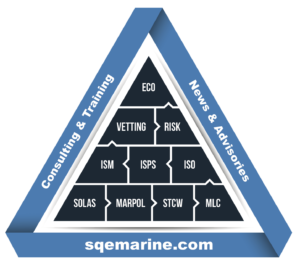Overview
Biofouling occurs when organisms attach and grow on the submerged parts of a vessel like the hull, propellers, anchors, niche areas and fishing gear. Vessel biofouling and a ship’s ballast water are major pathways for the introduction of marine species into the oceans. They can spread, threaten healthy marine habitats, and have adverse economic and health effects. As AMSA has noted, all vessels pose some risk to Australia’s marine biosecurity. To manage this risk, the Department of Agriculture, Water and the Environment is working closely with Australia, international shipping industries and recreational vessel operators on a number of initiatives.
Mandatory biofouling management requirements for international vessels
New requirements for managing biofouling on international vessels arriving in Australia will begin on 15 June 2022.
Operators of all vessels subject to biosecurity control will be required to provide information on how biofouling has been managed prior to arriving in Australian territorial seas. This information will need to be reported through the AMSA’s department Maritime Arrivals Reporting System (MARS).
The department will use the information to target vessel interventions. This will allow more efficient use of resources and statutory powers to assess and inspect vessels, and more effective response to unacceptable biosecurity risks associated with biofouling.
Vessel operators will receive less intervention for biofouling if they comply with one of the three accepted biofouling management practices, as per below para.
A vessel operator that has not applied one of the three accepted biofouling management practices will be subject to further questions and assessment of the biosecurity risk associated with biofouling on the vessel.
Actions required
Ship managers and operators should be aware of AMSAs requirements for biofouling and prior 15 June 2022 implement one of the below actions:
- Implementation of an effective biofouling management plan; or
- Clean all biofouling within 30 days prior to arriving in Australian territory; or
- Implementation of an alternative biofouling management method pre-approved by the department.
You may also find further information on the AMSA Requirements for Biofouling at SAFETY4SEA
How we may help
SQEMARINE can provide an effective Ship Biofouling Management Plan based on IMO Resolution MEPC.207(62), US Coast Guard (USCG), Regulation 33, New Zealand and Australia requirements.



